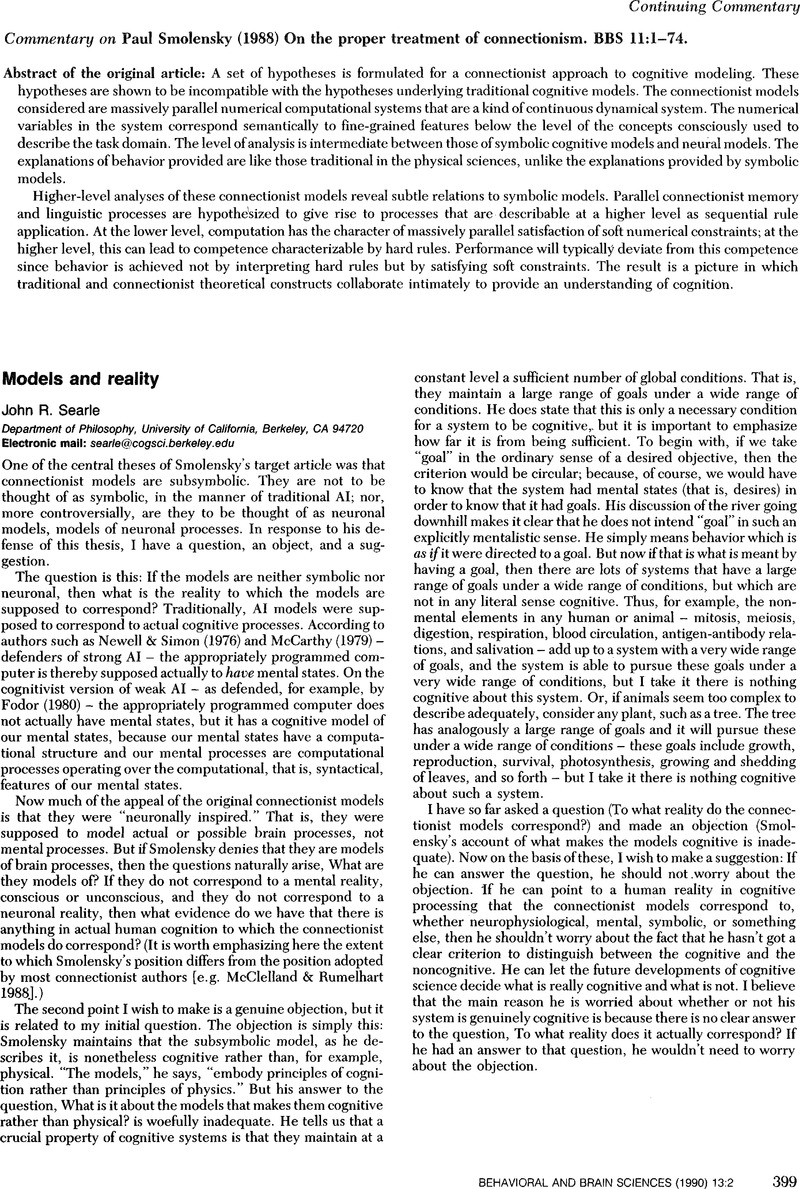Crossref Citations
This article has been cited by the following publications. This list is generated based on data provided by Crossref.
Goel, Vinod
1991.
Notationality and the information processing mind.
Minds and Machines,
Vol. 1,
Issue. 2,
p.
129.



